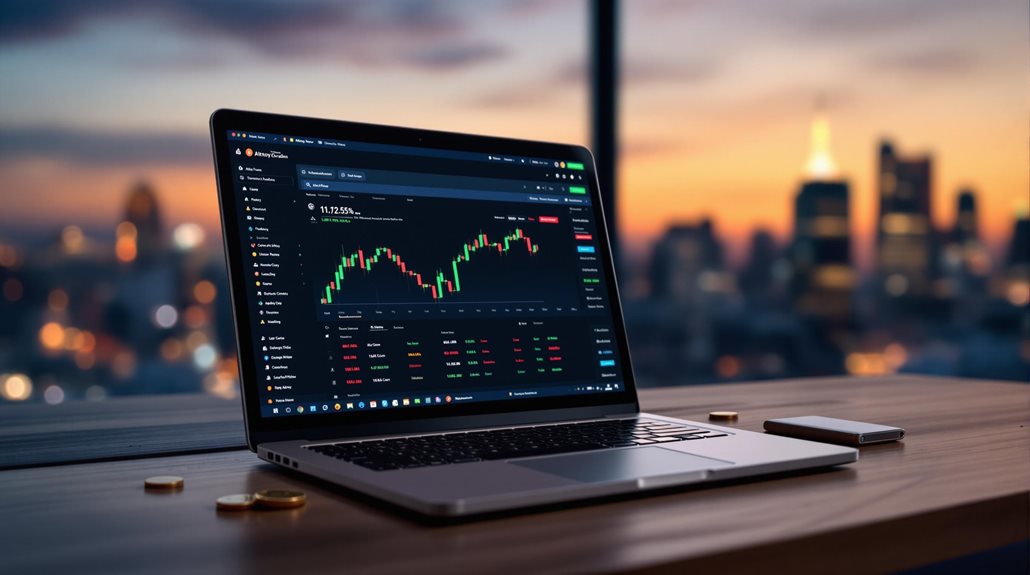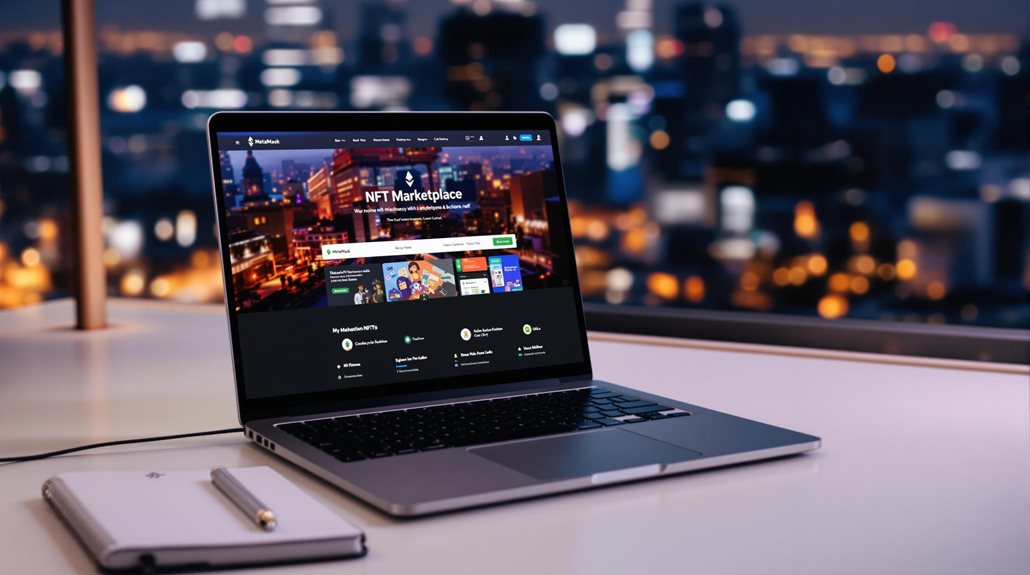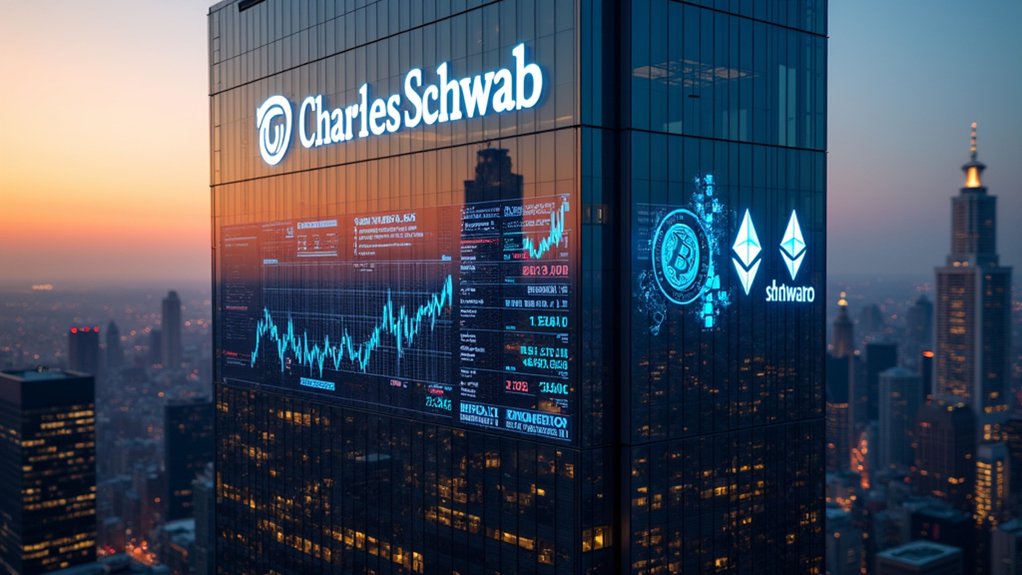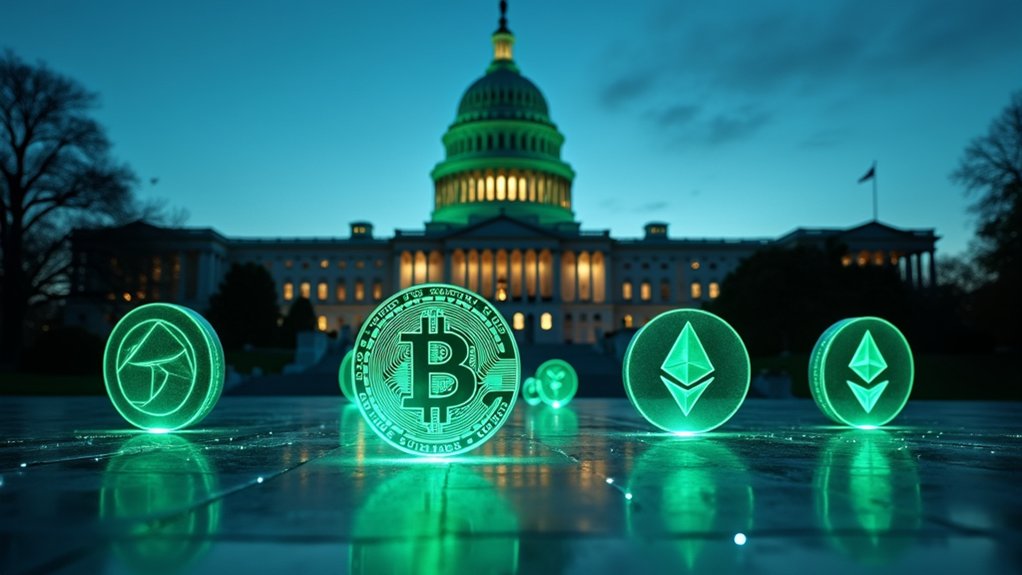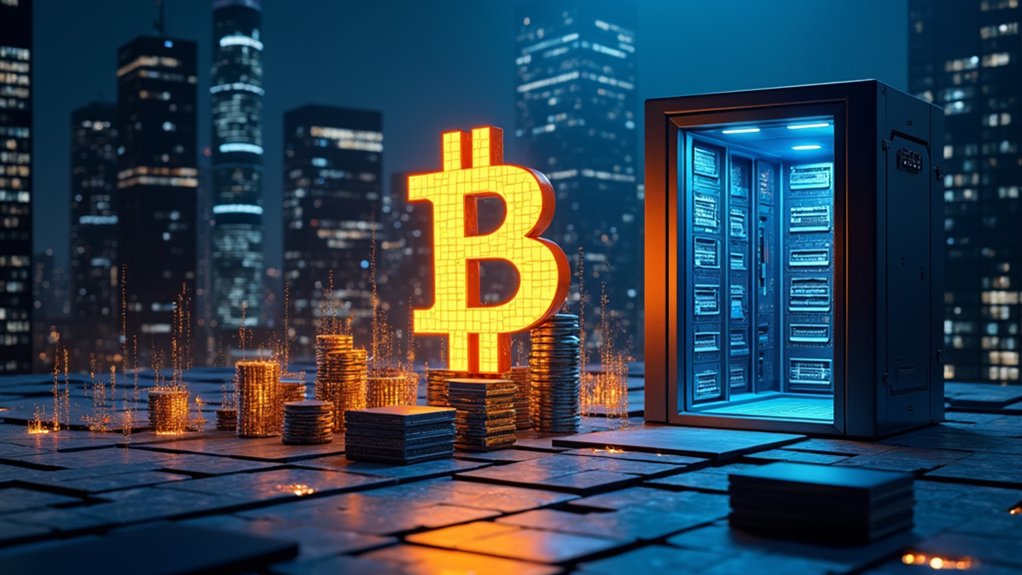Buying altcoins starts with selecting a cryptocurrency exchange and creating an account with proper security measures. Users typically fund their accounts through bank transfers or credit cards, then purchase Bitcoin or stablecoins like USDT first. These base cryptocurrencies can then be traded for various altcoins using market or limit orders. The process has become more user-friendly over time, with exchanges offering diverse tools to help traders navigate the growing crypto market. There’s much more to explore about this evolving digital marketplace.
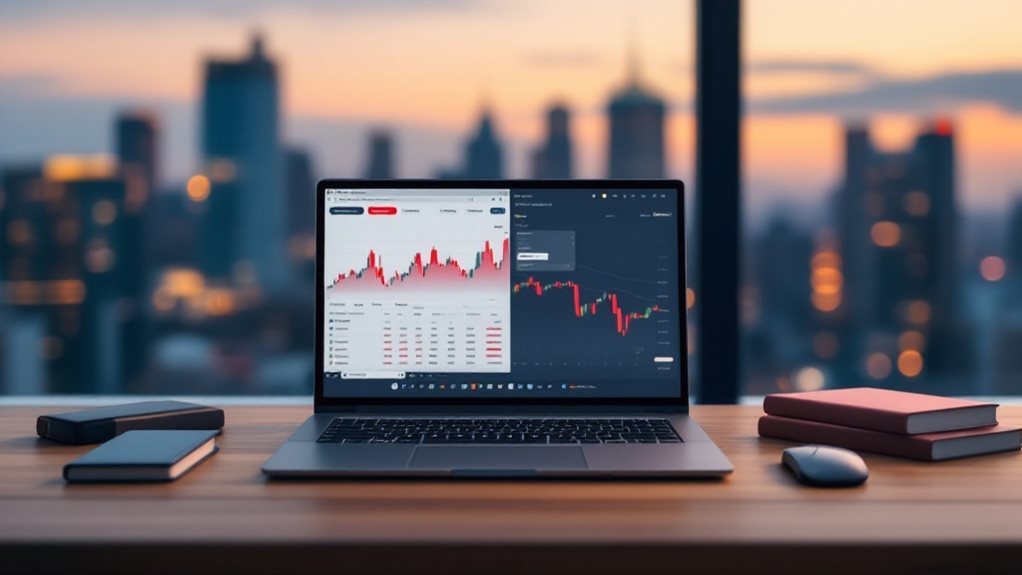
Getting started with altcoins doesn’t have to be complicated. The first step for newcomers is selecting a cryptocurrency exchange that fits their needs. Traders typically research several exchanges, comparing their fees, security features, and the variety of cryptocurrencies available for trading. The exchange’s user interface and regulatory compliance status are also important factors to take into account, especially for beginners who need an easy-to-navigate platform. With over 6,000 cryptocurrencies available across different exchanges, investors have numerous options to diversify their portfolios.
Once an exchange is selected, traders create an account through a registration process that requires personal identification. Security measures, like two-factor authentication, help protect the account from unauthorized access. Users then link their bank accounts or credit cards to fund their trading accounts. Many traders start with small deposits to test the process and familiarize themselves with the exchange’s deposit limits and processing times. Many choose centralized exchanges for their first cryptocurrency purchases due to their user-friendly interfaces and regulated environments.
Before trading altcoins directly, traders typically purchase Bitcoin or a stablecoin like USDT, as these serve as common trading pairs for most altcoins. Bank transfers often come with lower fees for larger purchases, while credit or debit card transactions provide faster processing for smaller amounts. Each exchange has its own fee structure, and traders wait for their initial purchase to complete before proceeding to altcoin trading. Investors often choose XRP for its ability to facilitate faster cross-border payments.
The final step involves trading Bitcoin or stablecoins for the desired altcoin. Traders locate the appropriate trading pair on their chosen exchange, such as ETH/BTC for purchasing Ethereum with Bitcoin. They can place market orders for immediate execution at current prices or use limit orders to specify their preferred purchase price. Trading platforms display minimum order sizes and associated fees for each transaction. Traders monitor their orders until completion to guarantee successful execution.
The process of buying altcoins has become more streamlined as the cryptocurrency market has matured. Exchanges now offer various tools and features to help traders navigate the buying process.
While the specific steps might vary slightly between platforms, the basic procedure remains consistent: choose an exchange, create an account, fund it, buy a base cryptocurrency, and trade it for the desired altcoin. Each step requires attention to detail and awareness of the associated fees and processing times, but the overall process follows a straightforward path that most people can understand and follow.
Frequently Asked Questions
Can I Convert My Altcoins Back to Traditional Currency Instantly?
While instant conversion of altcoins to traditional currency is possible, it’s not guaranteed. Some exchanges offer quick conversion features, and crypto ATMs can provide immediate cash access.
However, factors like network congestion, exchange processing times, and bank transfer speeds can slow things down. Instant options usually come with higher fees.
The speed also depends on the specific altcoin’s liquidity and the chosen conversion method.
What Happens to My Altcoins if the Exchange Platform Shuts Down?
If an exchange platform shuts down, users often can’t access their altcoins right away.
The funds might get locked up while legal processes unfold. In bankruptcy cases, users become unsecured creditors and might have to wait years to get any money back.
Sometimes they only get a portion of their original investment.
Famous cases like Mt. Gox show that recovery can be a long process.
Are There Tax Implications When Trading Between Different Altcoins?
Trading between different altcoins counts as a taxable event in the U.S.
The IRS treats crypto trades like property exchanges. When someone swaps one altcoin for another, they’ll need to calculate if they made or lost money on the trade.
It doesn’t matter if no regular money was involved – the trade still has tax implications.
The tax rate depends on how long they held the original crypto before trading.
How Do I Identify and Avoid Altcoin Scams?
Altcoin scams often show clear warning signs. Common red flags include promises of guaranteed high returns, pressure to invest quickly, and mysterious project teams.
Scammers frequently use fake celebrity endorsements and create fake social media accounts to promote worthless tokens.
Popular scam tactics include pump-and-dump schemes, where prices are artificially inflated before a mass selloff, and Ponzi schemes that pay early investors with new investors’ money.
Which Hardware Wallets Are Best for Storing Multiple Altcoins?
Several hardware wallets stand out for storing multiple altcoins.
The Ledger Flex supports over 5,550 assets and includes a touchscreen.
Trezor Safe 3 handles 8,000+ cryptocurrencies and works with various software wallets.
BC Vault can store millions of coins and offers 2,000 unique wallet addresses.
The Cypherock X1 supports 8,000+ assets and features EMP protection.
These devices include security chips, backup options, and regular updates for new coin support.
